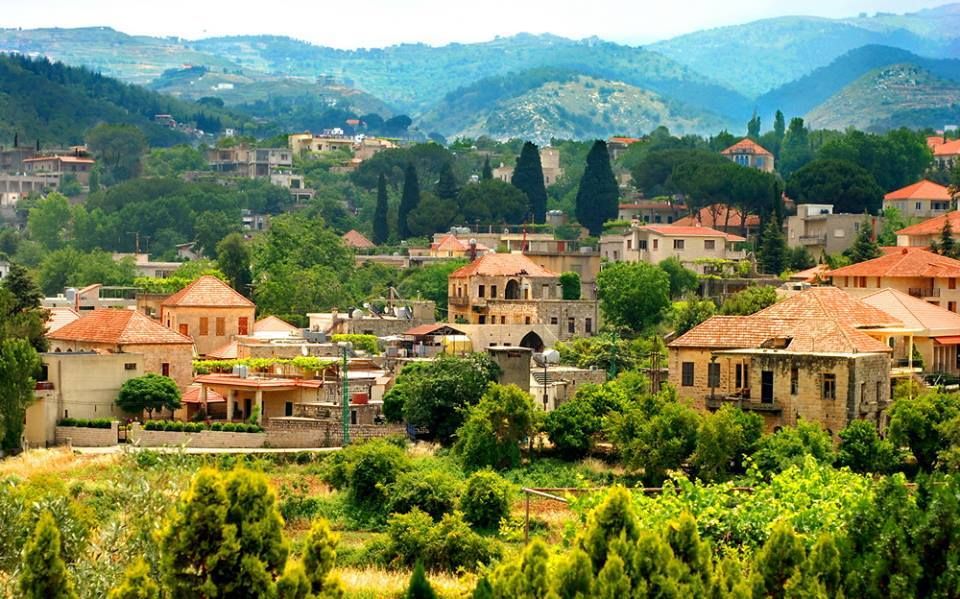Isolated and a little away from "progress", the village of Akkar has, luckily, kept all its authenticity. The ideal place to discover to live closer to nature and ancient Lebanese traditions.
https://www.instagram.com/p/B1lGbLXpGy1/
The Akkar, if it has been forgotten by all, including locals, is home to an incredible number of archaeological sites, magnificent natural sites, rare exceptional forests, a great diversity of population and old traditions. still alive.
✨
At the house of Libshop, we are specialized in the manufacture artisanal of mezzes, shawarma, falafel, Lebanese-inspired dishes and pastries for more than 10 years.
👉 Book your table at one of the Libshop restaurants in Paris
👉 Order Libshop for click & collect or delivery
✨
https://www.instagram.com/p/B0BZS7Jo3Yq/
From Beirut to Akkar, the road is a bit long (2 to 3 hours). But the scenery is worth it. From the Aabdé roundabout, at the entrance to Akkar, along the coast towards Aboudiyeh, a highway leads to Menjez, the first compulsory visit point.
https://www.instagram.com/p/BzTLpqpFKXv/
Menjez is home to the Sayyedet Convent and Qalao, Our Lady of Citadel. This convent dominates the Narh el-Kebir, the river that separates Lebanon from Syria. It offers an exceptional panorama of the green valley which serves as a natural border between the two countries. Its main asset? A magnificent restored basaltic black stone church and a magnificent convent built by the Jesuits at the beginning of the 20th century. Both buildings are built on the ruins of another ancient church.
https://www.instagram.com/p/B29NYKDgOBv/
https://www.instagram.com/p/Bpm7ZIGF8Lq/
Precious monuments also adorn the long path that leads from the village of Menjez to the convent: remains of prehistoric megalithic tombs, circular, rectangular or square which date from around 2000 BC
https://www.instagram.com/p/BjDWgmMBfmW/
Another archaeological vestige to visit in Akkar, the temple of the Goddess Nemesis which is located in Kobayat, on the road to Beit Jaalouk, Maqam er-Rab. This temple, made of black basalt stone from Lebanon, dates from the Roman era. It is said that the Roman authorities, in difficulties at the time, tolerated the worship of the Greek goddess by the local population. Note that the Goddess Nemesis, in Greek mythology, is that of fortune and revenge.
Not far from there is the convent of the Carmelite Fathers, dating from the mid-19th century. Built by Italian Fathers, this convent houses a very colorful church dedicated to Saint Doumit. Inside this convent is the museum of butterflies and birds. Unique in its kind in Lebanon, this museum occupies an old school and brings together the most important collection of butterflies in the country. In particular, you can see a variety of stuffed birds and some wild animals from the region. A collection gathered by Father François Tomb and developed by Father Ayoub Yaacoub.
https://www.instagram.com/p/BNCY_8pDbkh/
https://www.instagram.com/p/B0dhLBqJr2m/
Continuing on a beautiful green valley, the path leads to Mar Challita, an ancient temple dedicated to Pan, a half-human half-animal Greek god. The temple, first Greek, becomes Christian and Maronite before being completely abandoned and ending up in an ancient site in ruins.
https://www.instagram.com/p/Bbr6fXFDh02/
https://www.instagram.com/p/B20vZsFjTUu/
For nature lovers, a superb forest of Cilician firs, cedars and junipers is about 40 minutes from Kobayat. The vegetation offers an exceptional landscape made of a mixture of pines, junipers, firs and cedars. In height, is Chir es-Sanam, a rock which, from the top of its 1600 m of altitude, is decorated with a Babylonian stele of the time of Nebuchadnezzar (550 before JC). The rock lined with old and beautiful fir trees and the mountain covered with cedars, offer a breathtaking landscape.



One Response
Ver estos lugares nos hace vibrar la emoción de saber de que estos remotos lugares nuestro ancestro (Domingo Matias/Mukahaiel o como se pronuncie ó escriba) salió de Halba, para nunca más volver